A centrifugal chiller uses an impeller wheel to create pressure in the refrigerant gas by the velocity of its rotation. When the refrigerant enters the centrifugal compressor, its pressure must be raised to enter the condenser. The rotation of the impeller in a centrifugal compressor creates the necessary driving force to increase the pressure of the gasses from the evaporator. Read More…
Our customers know they can trust us for the ultimate in quality, affordability, and flexibility. If you want a fully customized solution for your chillers, we can help! We work hard to create the best solution for each of our customers, because we know that if you are not happy, we are not happy! You can learn more about our services by visiting our website or giving us a call today!

Dimplex Thermal Solutions, based in Kalamazoo, Mich., and home of Koolant Koolers, has been manufacturing water, air, and glycol chillers since 1952. Since that time Dimplex has expanded it’s product offering to include industrial cooling for: Machine Tooling, Food Processing and Packaging, Medical Diagnostic Imaging, Laser Cutting, Manufacturing Processes and more. Dimplex is known for their...
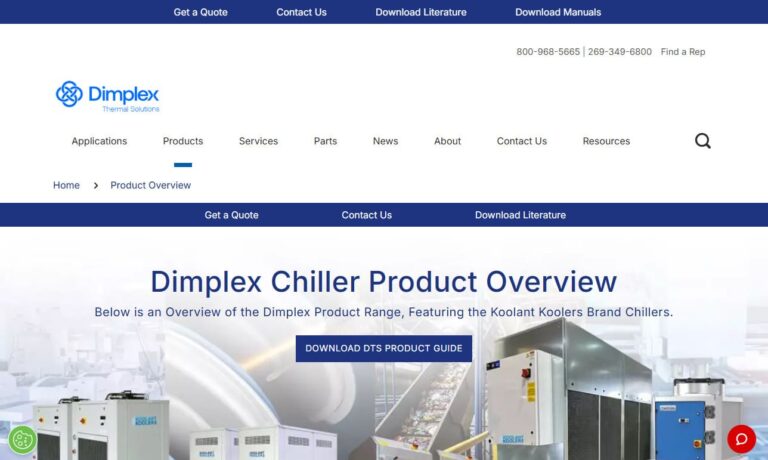
At Tark Thermal Solutions, we position ourselves as a dedicated partner in advanced cooling technology, delivering liquid chillers that support precise temperature control across demanding applications. We design and build our systems with a focus on reliability, thermal stability, and energy efficiency, tailoring each unit so it performs consistently in environments where process accuracy...
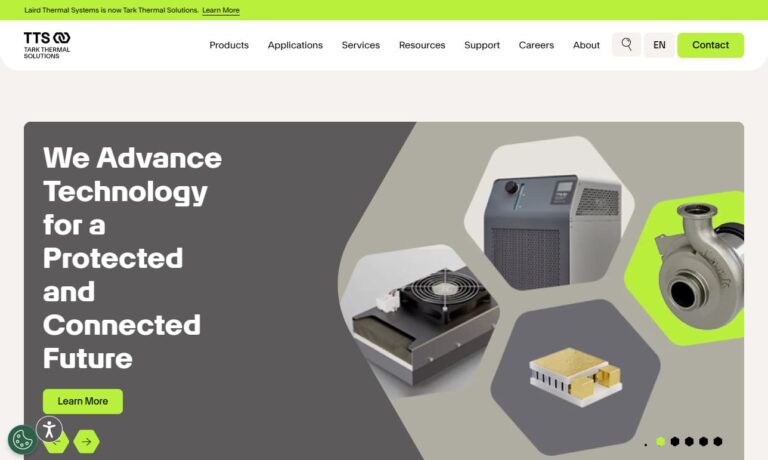
We are ChillX Chillers, and we take pride in engineering and manufacturing reliable, high-performance chillers designed to meet the cooling needs of businesses across a wide range of industries. Our focus has always been on combining innovation, energy efficiency, and durability, which is why our chillers are trusted for everything from process cooling and manufacturing applications to...
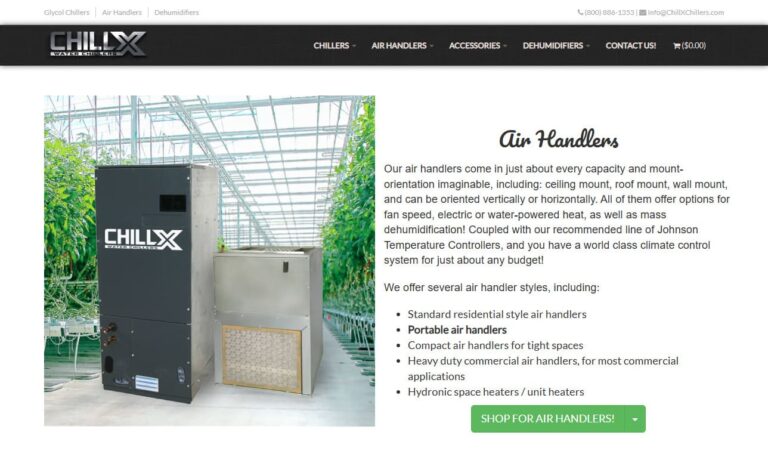
More Centrifugal Chiller Manufacturers
In a chiller system, the compressor is placed between the evaporator and the condenser. It is responsible for increasing the pressure in the refrigerant gasses, while the evaporator changes the liquid refrigerant into gas. Then, it passes it to the compressor, which increases the temperature and pressure of the created gas before it is passed on to the condenser.

How a Centrifugal Chiller Works
A centrifugal chiller uses a vapor compression cycle to chill water and remove heat from the water and the compressor.
Evaporator
The evaporator is a heat exchanger that removes heat from chilled water. The collected heat is used to superheat the refrigerant to change it from a liquid to a gas. The water in a chiller system collects heat, which has to be removed as part of the chiller cycle. Evaporators are tightly sealed to ensure their efficiency and that they do not allow the heat in the water to escape. In most cases, the insulation material is a vinyl nitrate polymer that is 0.75 of an inch (20 mm) thick.
Evaporators have a shell and tube construction with the tubes encased inside the shell. The shell holds the refrigerant while the tubes contain the water to be cooled. In all chiller, the water in the tubes and the refrigerant never come in contact. The refrigerant enters the evaporator as a liquid through the bottom of the expansion valve. Refrigerants have a very low boiling point. However, the heat from the warm chilled water causes the refrigerant to boil and become a vapor.
The number of passes describes the type of an evaporator, which can be one, two, or more. With a one-pass evaporator, the water passes through one time and into the water box. When an evaporator has multiple passes, the water passes through the evaporator, turns around, and goes back through it two or more times.

Centrifugal Compressor
The refrigerant gas created by the evaporator passes into the centrifugal compressor with four main parts: the inlet, impeller, diffuser, and collector. In the centrifugal compressor, the rotation of the impeller builds up kinetic energy to expel the gasses into the condenser.

-
Inlet
The inlet is a pipe where the gas from the evaporator enters the compressor. The different types of inlets include openings, valves, or channels. They direct the flow in the proper direction into the compressor.
-
Impeller
In a centrifugal compressor, the impeller is the critical component that generates the necessary centrifugal force. It contains a rotor with angled vanes that spin to raise the energy in the gasses.
-
Diffuser
As the impeller spins, it throws the gasses outward where they hit the diffuser, which takes the kinetic energy from the rapid rotation and slows the velocity of the gasses. The decrease in speed increases the pressure of the gasses. There are several ways that the diffuser slows the gasses' motion, including channels and wedged vanes.
-
Collector
The collector is an empty chamber where the flow from the diffuser is collected. It has the shape of circular spiral arcs that are designed such that they can capture the complete radius of the impeller and diffuser. Certain forms of collectors, much like inlets, have valves and other features.
Condenser
The condenser has a function similar to that of the evaporator in that it is a heat exchanger. In the condenser, the liquid refrigerant that has been changed into a gas is returned to its liquid form. As the gas moves through the tubes of the condenser, its heat is removed and placed in water that flows around the tubes. Finally, the collected heat is released using a cooling tower in a water chiller or a set of fans in an air chiller.
Expansion Valve
Expansion valves control the flow of the refrigerant and help change the liquid refrigerant to gas by slowly releasing small amounts of liquid into the evaporator. The configuration and types of expansion valves vary from a simple opening to a complex electronic expansion valves.
When the newly created liquid moves from the condenser back to the evaporator, it must have its pressure change from the high pressure of the condenser to the low pressure required by the evaporator. The expansion valve is designed to maintain the pressure differential between the condenser and evaporator. For the refrigerant to be able to absorb heat in the evaporator, it has to be at low pressure.

Centrifugal Chiller Maintenance
Centrifugal maintenance tasks:
- Oil Change
- Acid Removal from Compressor Discharge
- R134a Refrigerant Exclusively for Centrifugal Chillers
- Metal Build-Up in the Compressor
- Change Oil Filters
- Regular Check of Compressor Oil
- Check for Leaks in “O” Rings and Shaft Seals
Choosing the Correct Centrifugal Chiller Manufacturer
To make sure you have the most beneficial outcome when purchasing a centrifugal chiller from a centrifugal chiller manufacturer, it is important to compare several companies using our directory of centrifugal chiller manufacturers. Each company has a business profile page highlighting their capabilities and areas of experience, along with a contact form to directly communicate with the manufacturer for more information or to request a quote. Review each centrifugal chiller business website using our patented website previewer to get an idea of what each company specializes in. Then, use our simple RFQ form to contact multiple centrifugal chiller businesses with the same form.


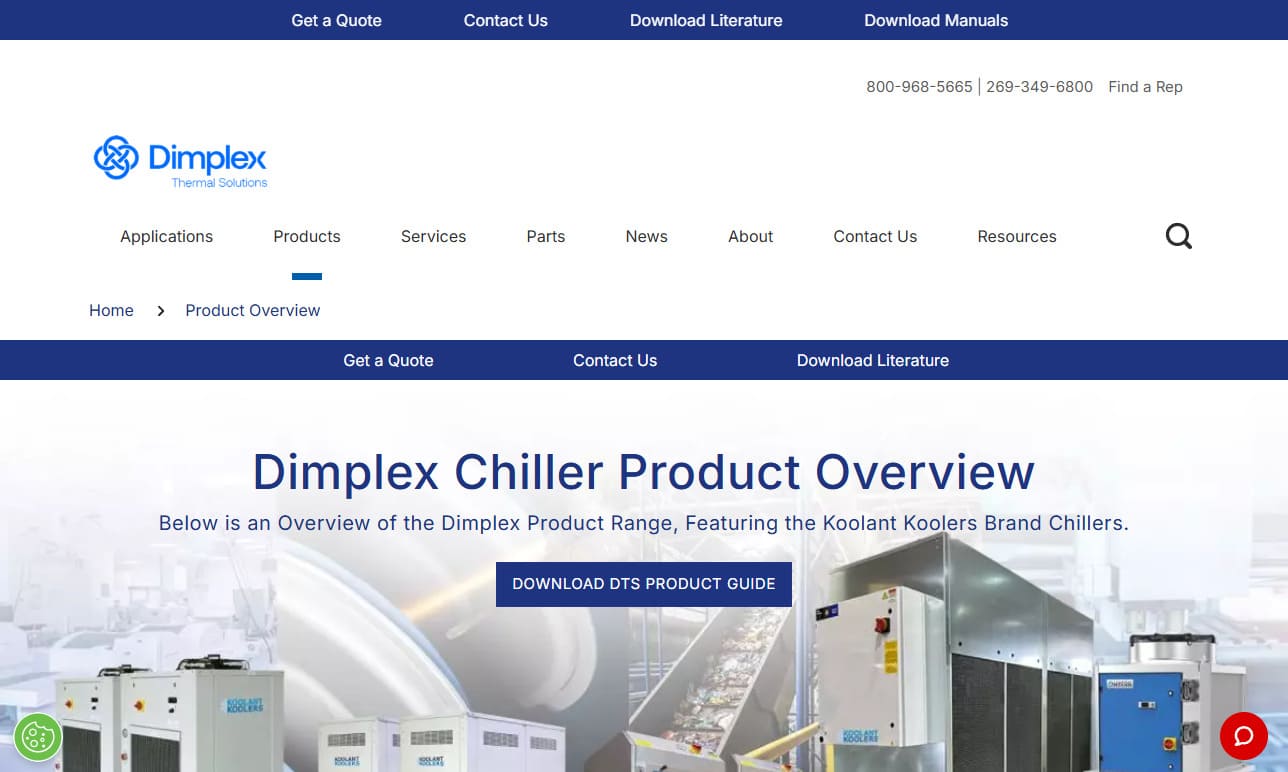
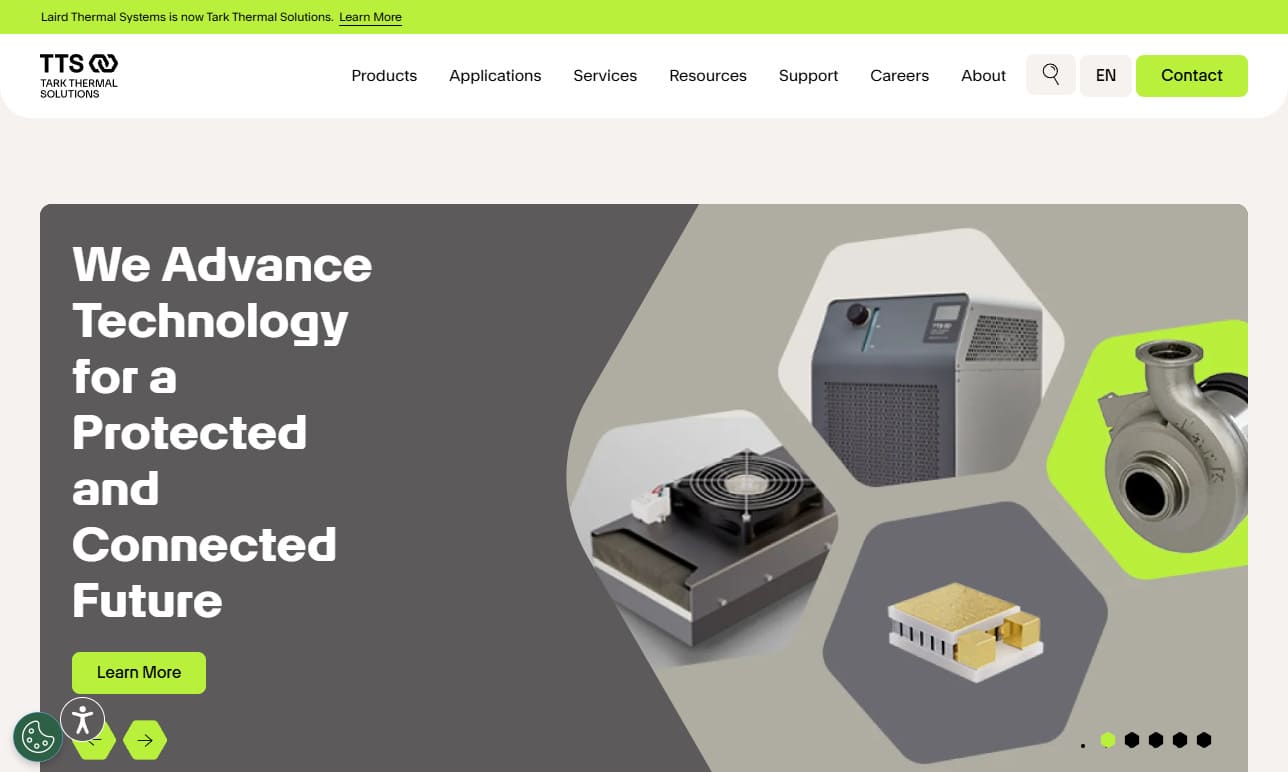
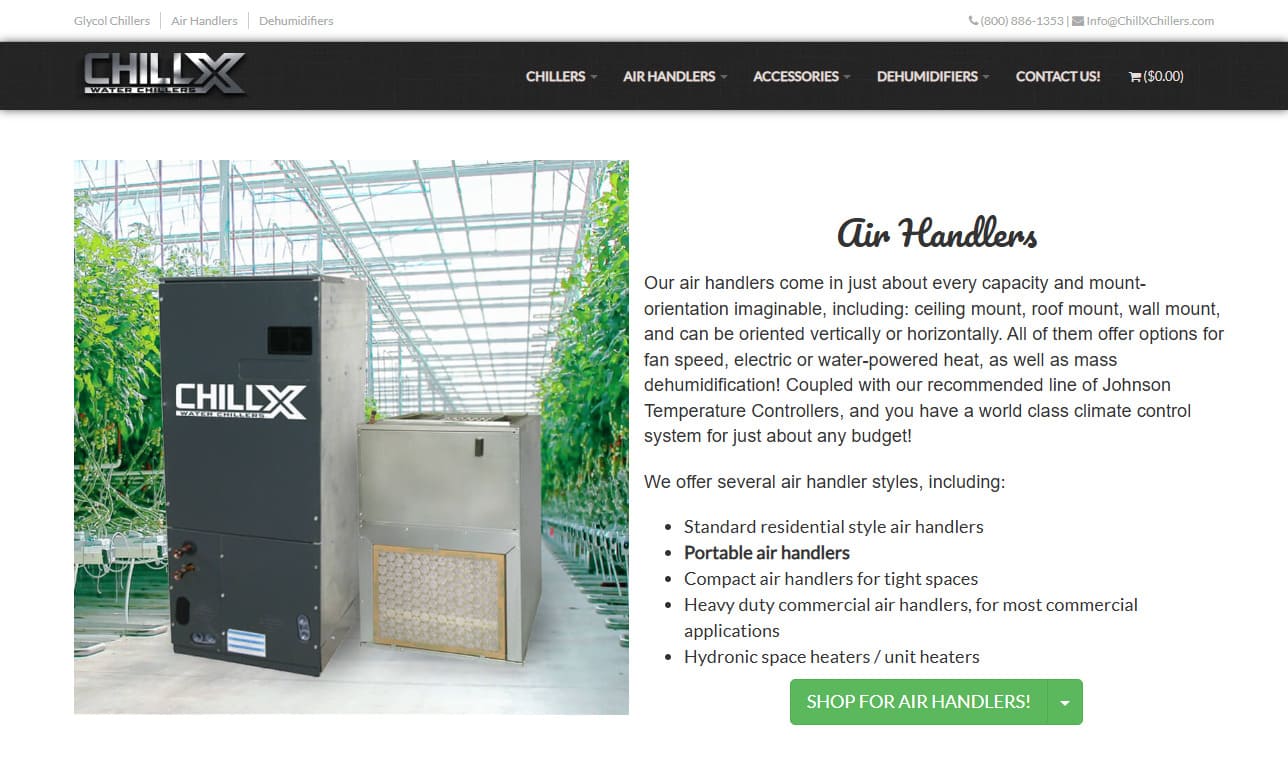
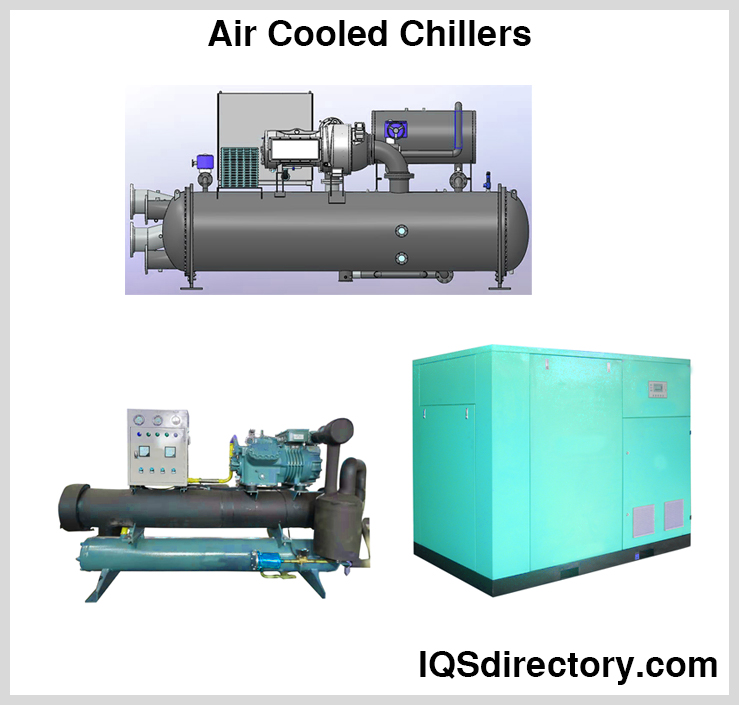
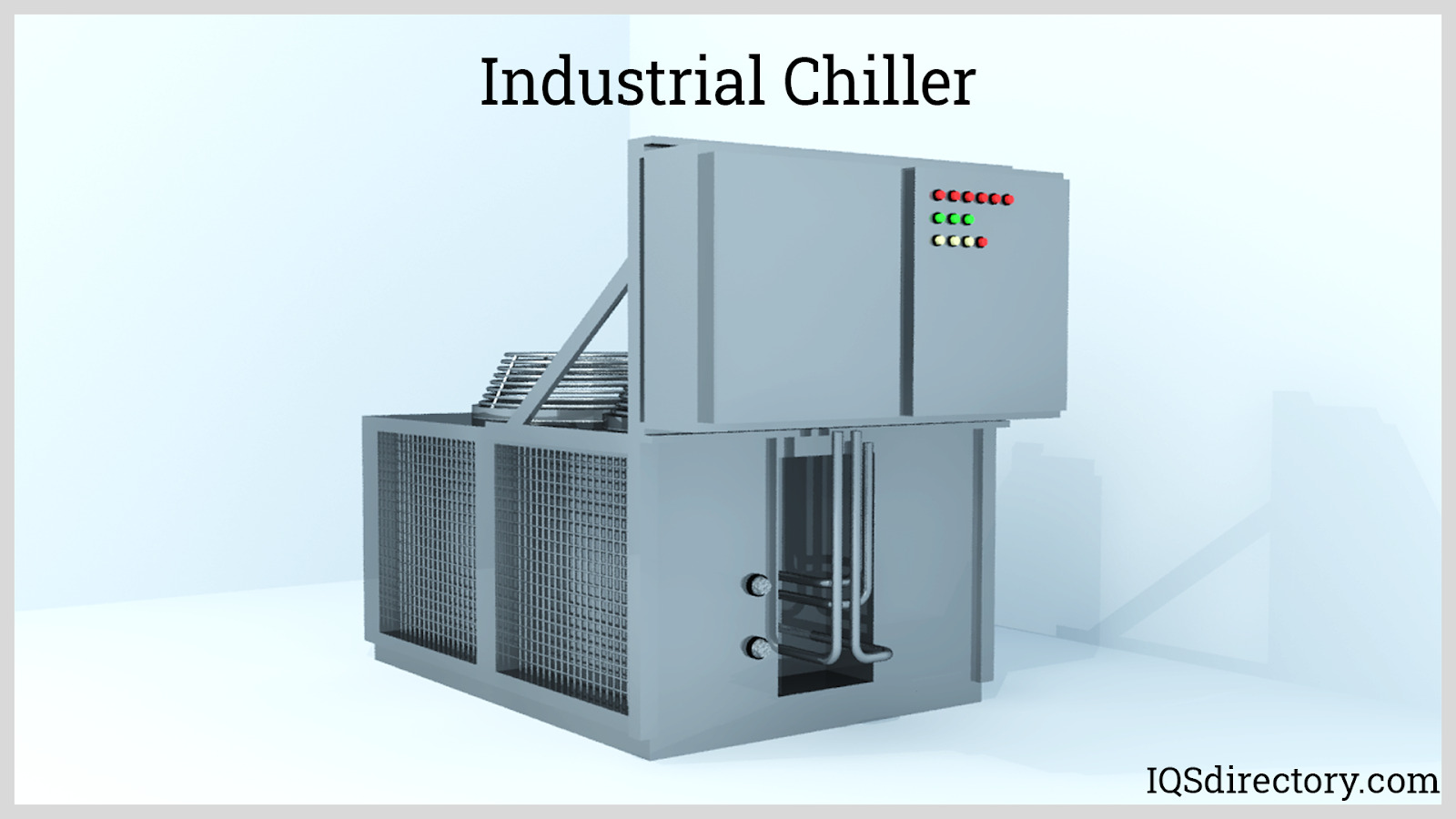
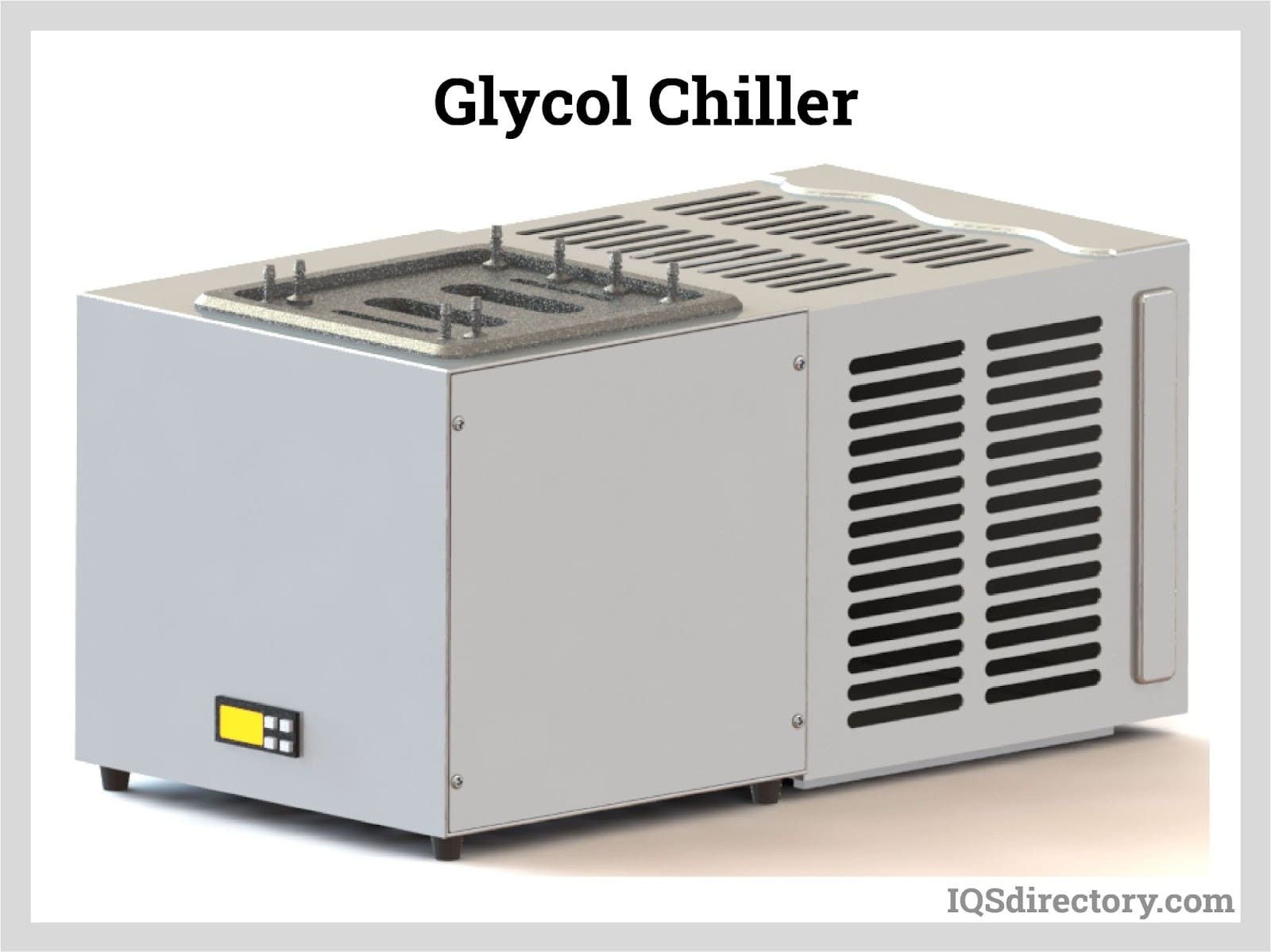
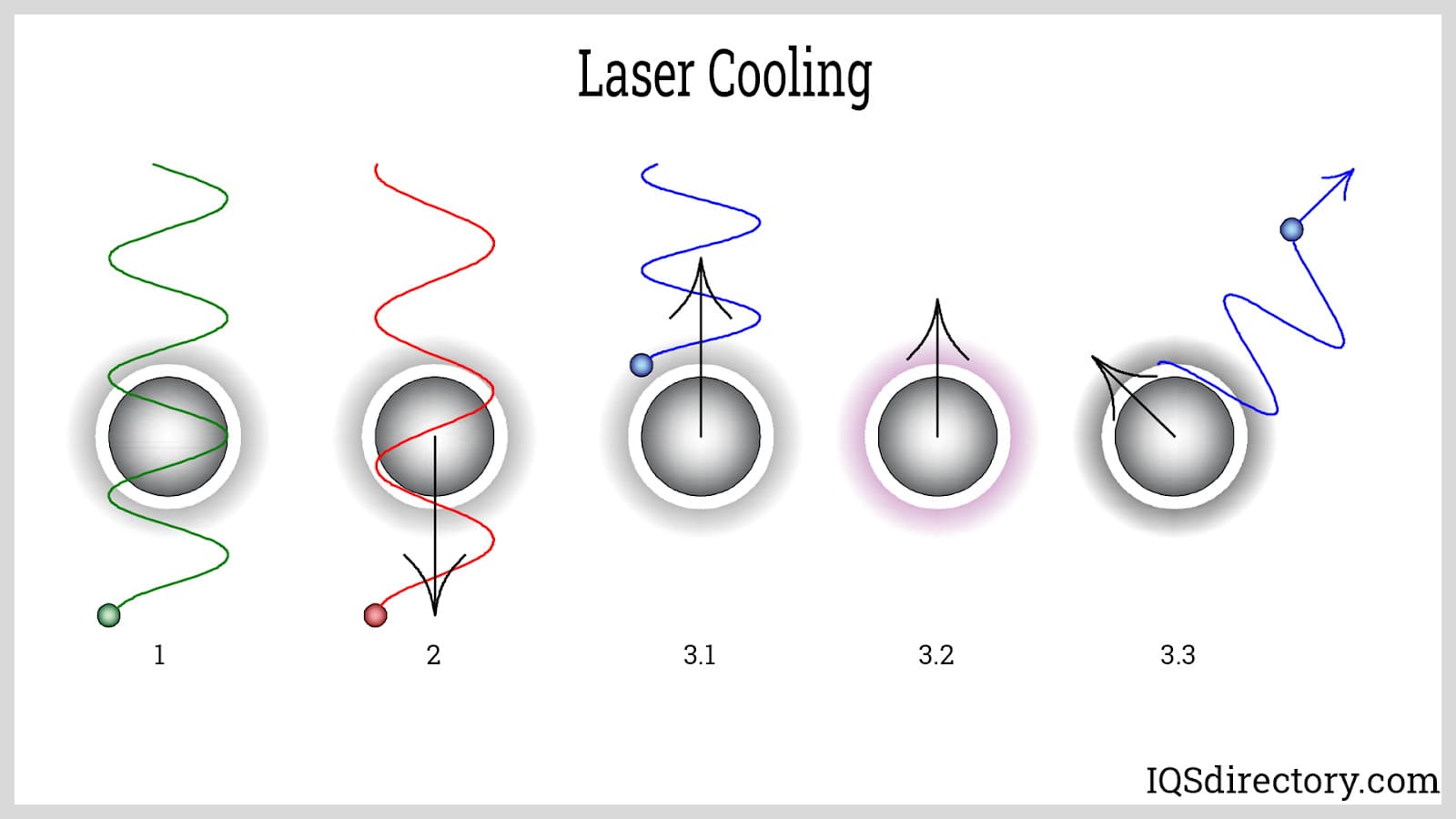
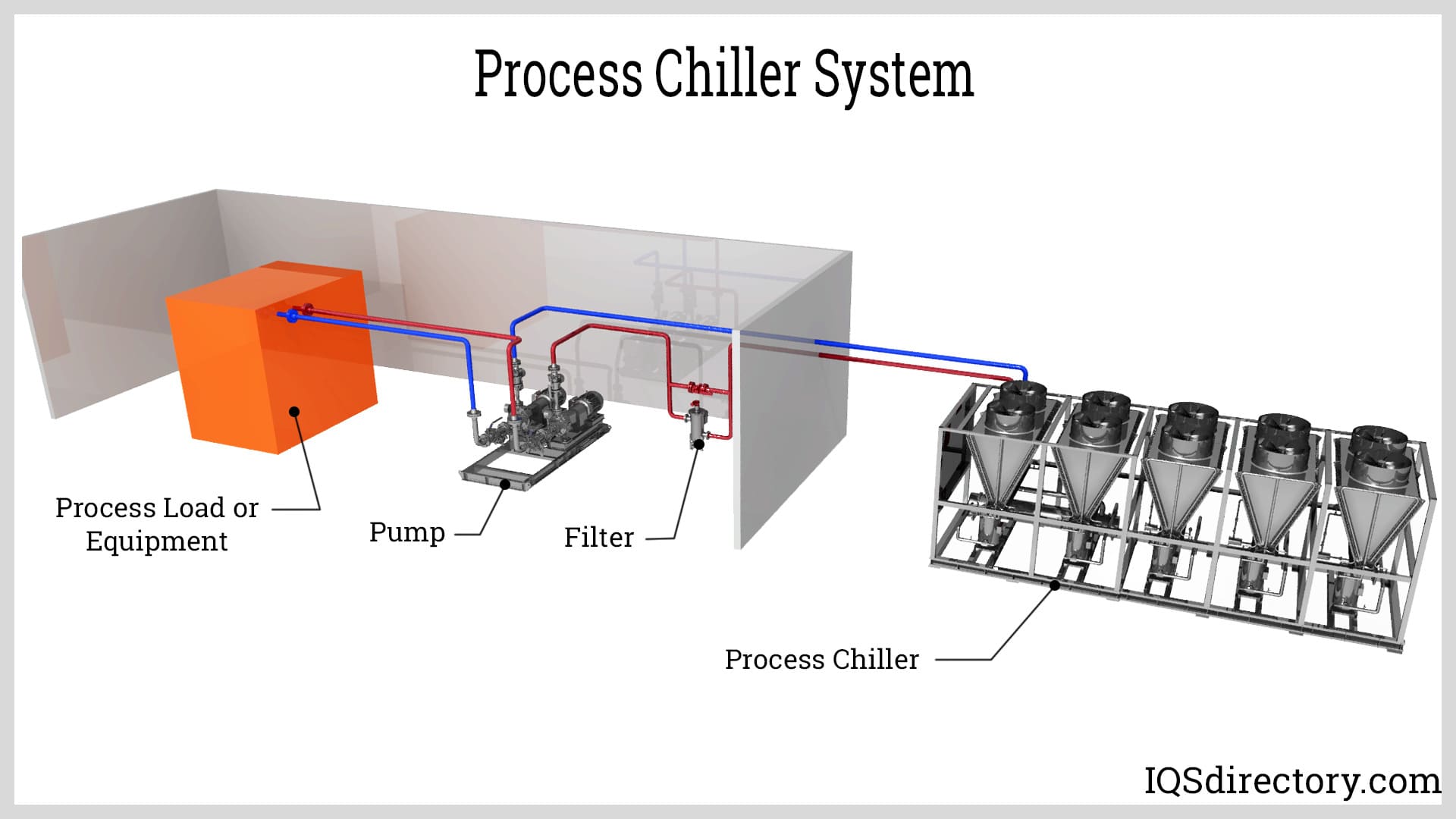
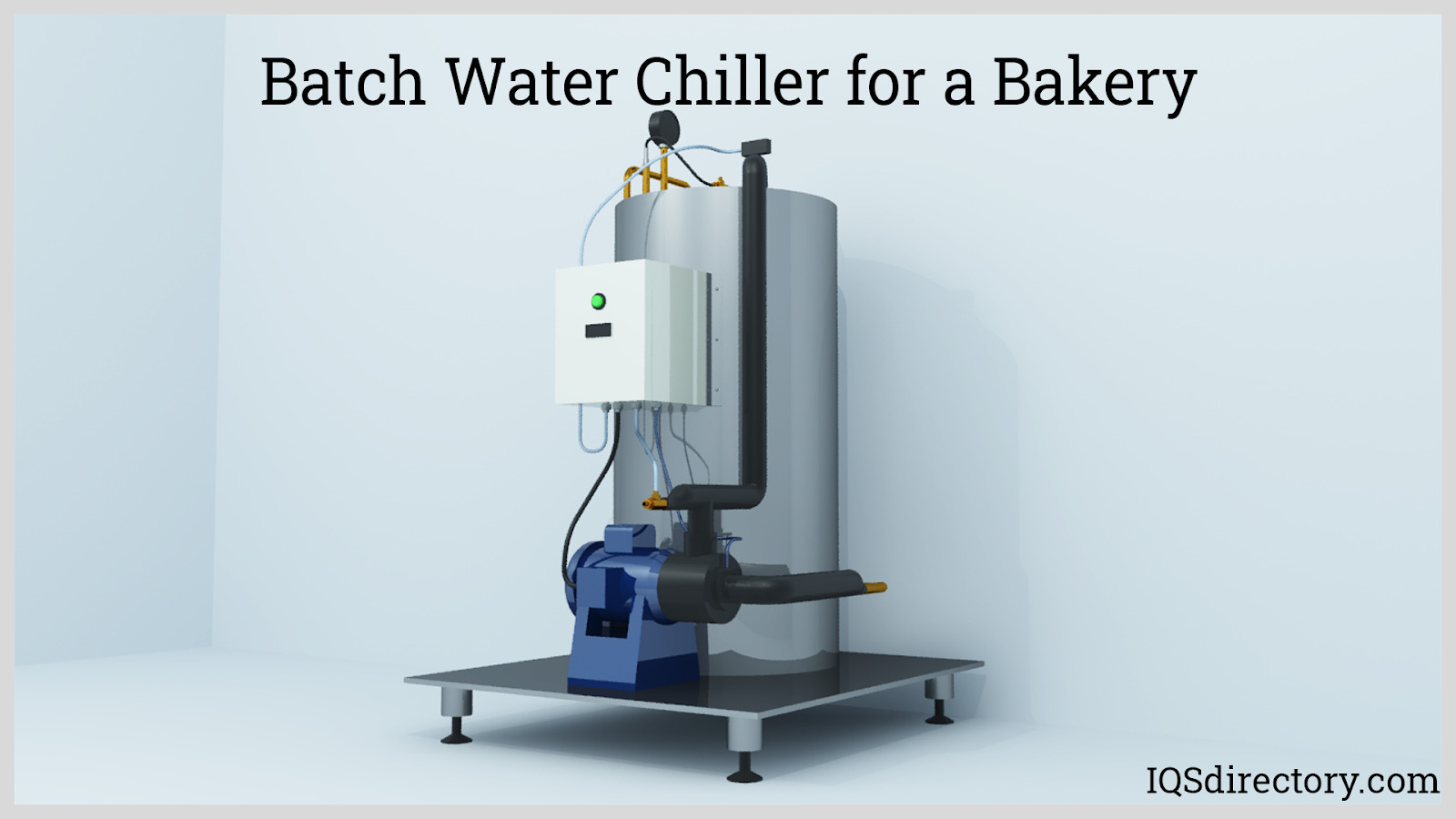
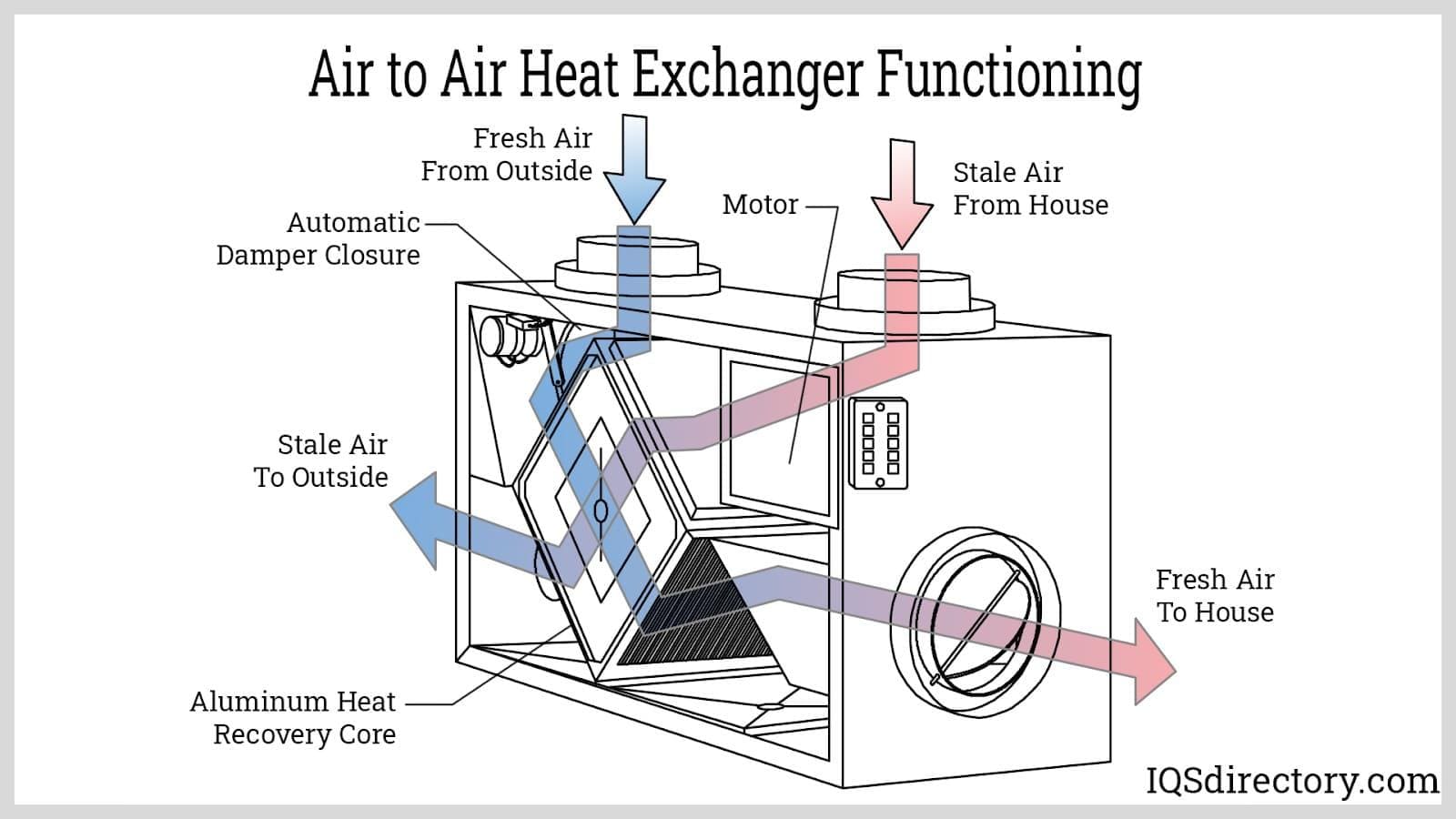
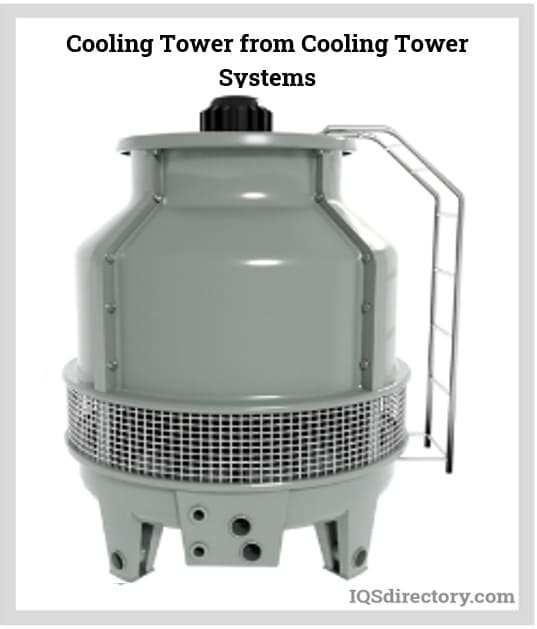
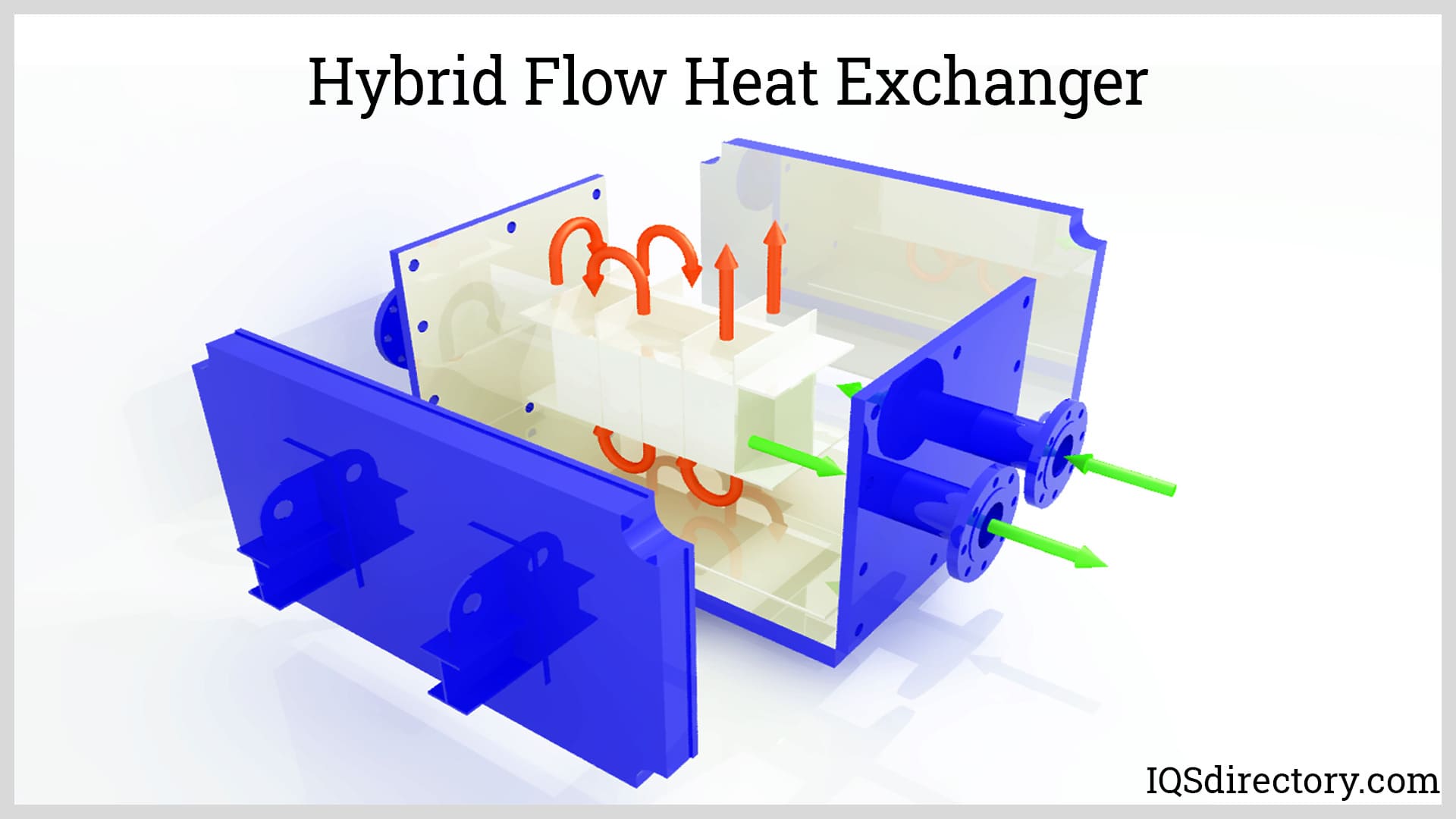
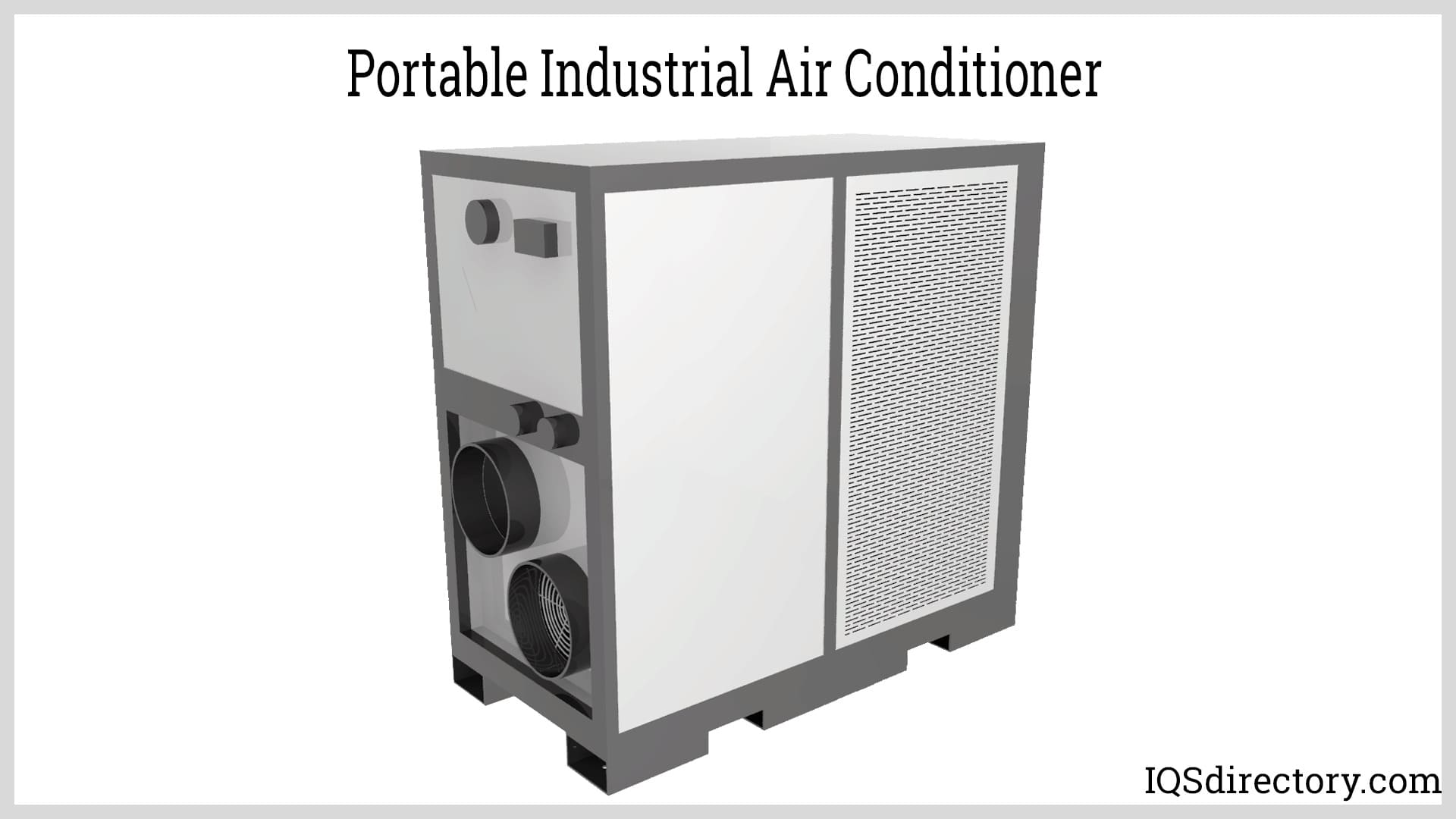
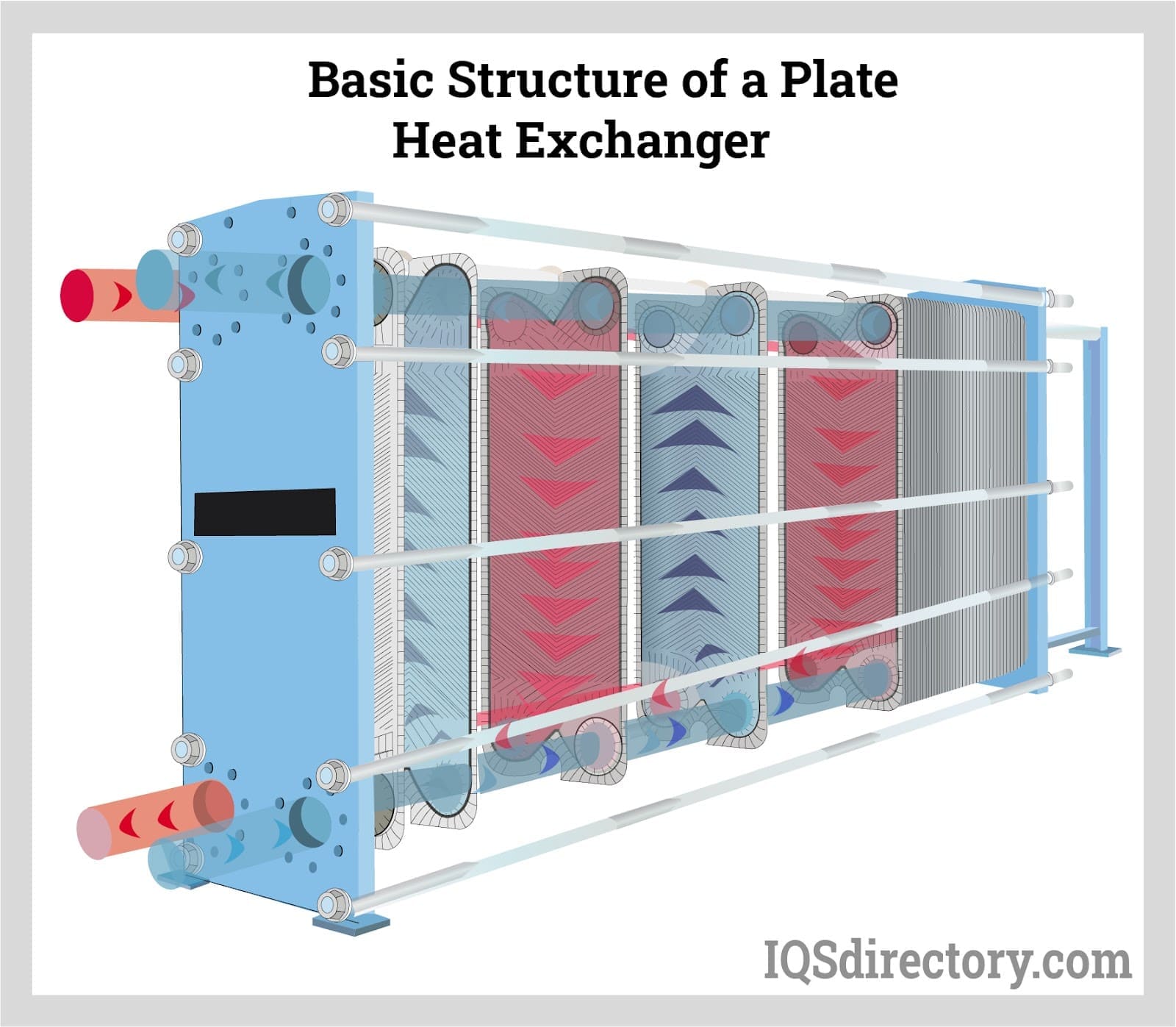
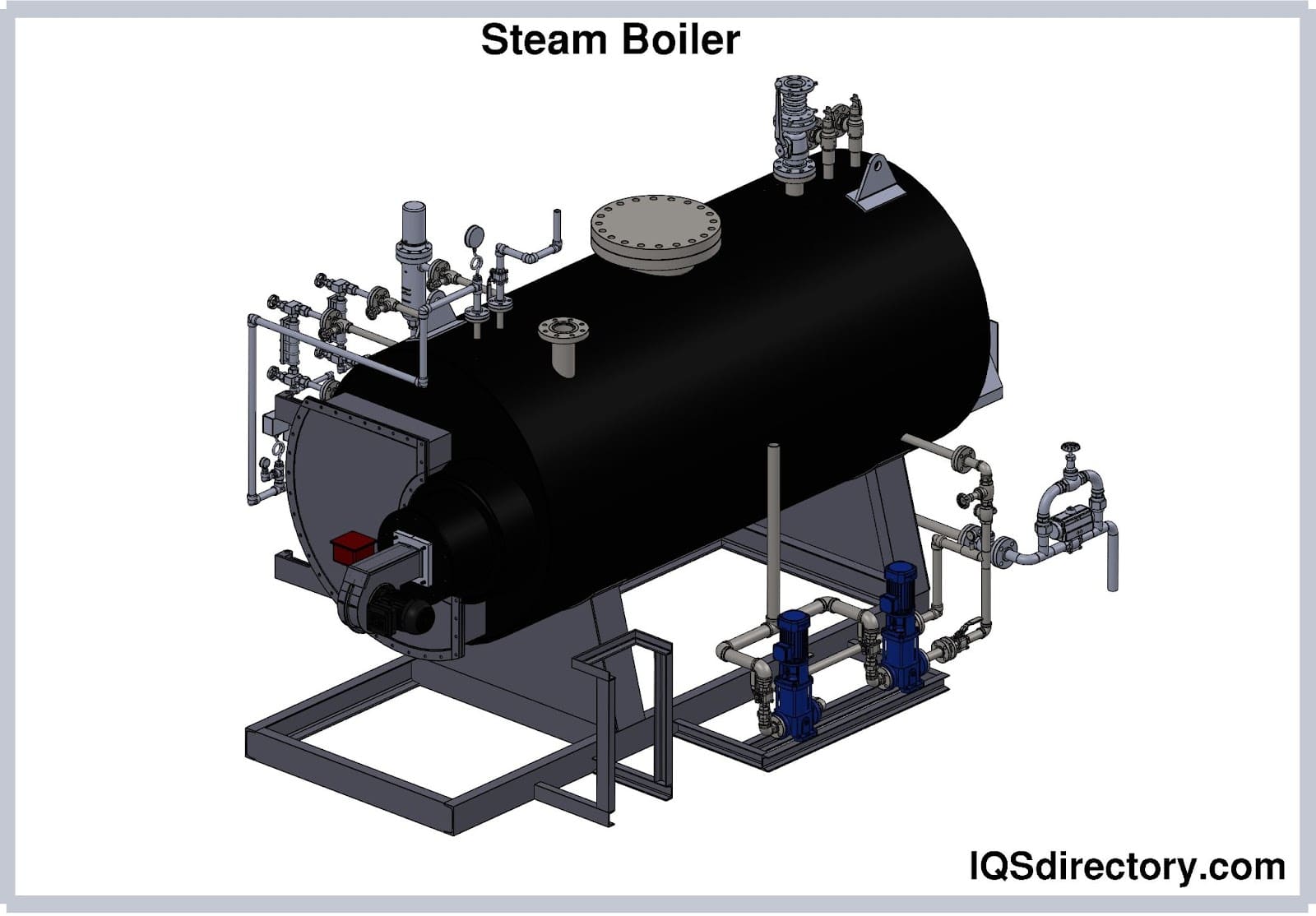
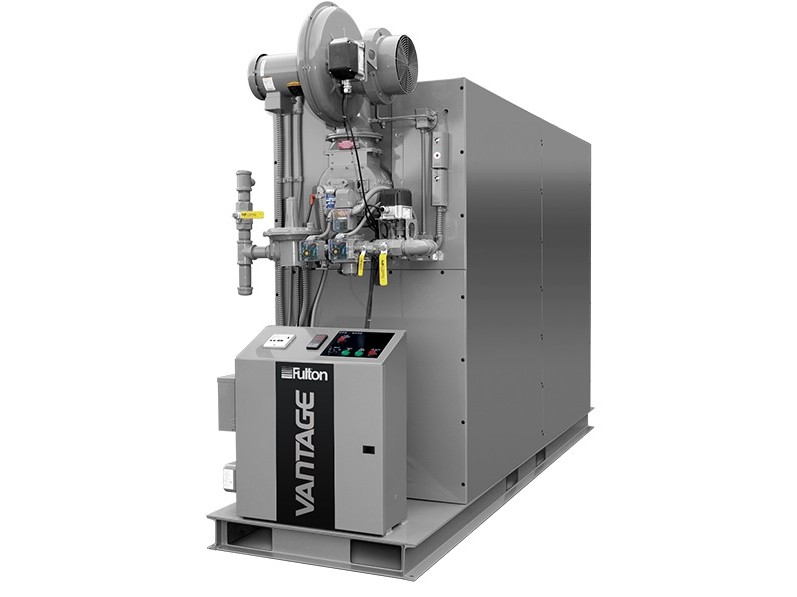 Boilers
Boilers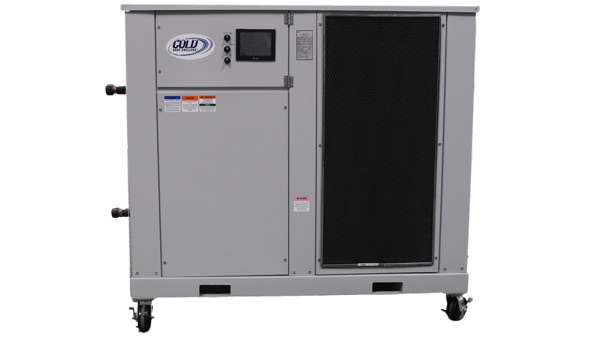 Chillers
Chillers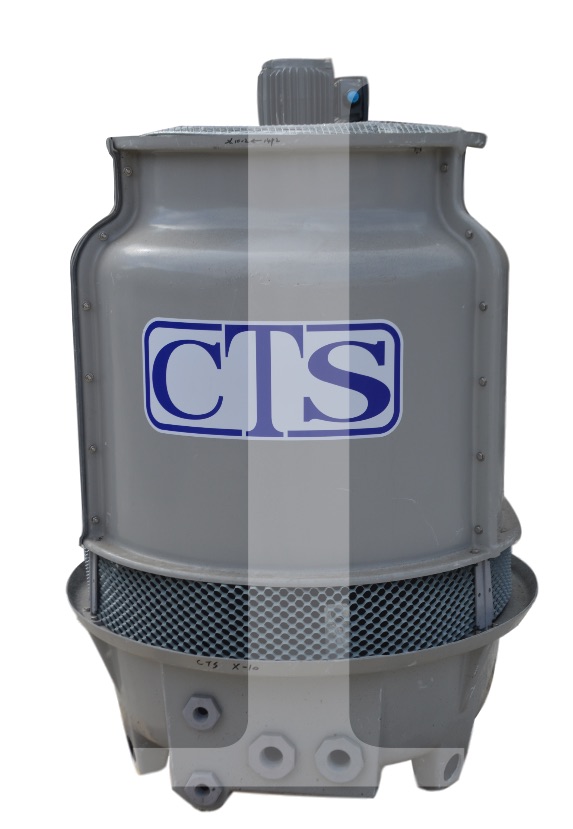 Cooling Towers
Cooling Towers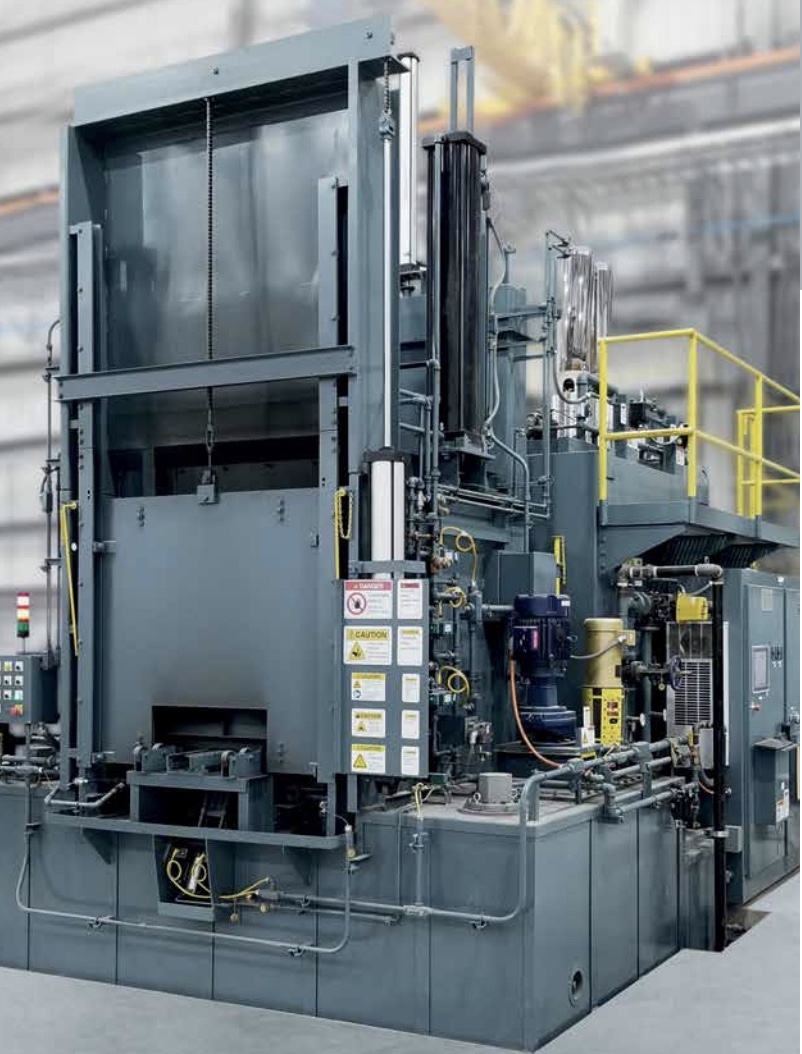 Furnaces
Furnaces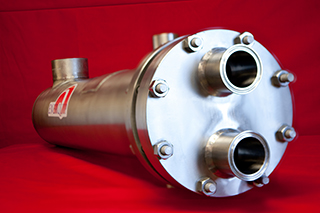 Heat Exchangers
Heat Exchangers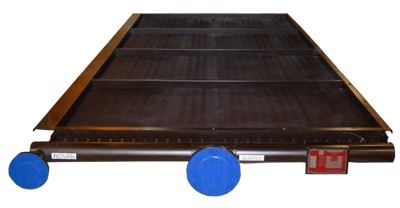 Heat Transfer Equipment
Heat Transfer Equipment Castings & Forgings
Castings & Forgings Bulk Material Handling
Bulk Material Handling Electrical & Electronic Components
Electrical & Electronic Components Flow Instrumentation
Flow Instrumentation Hardware
Hardware Material Handling Equipment
Material Handling Equipment Metal Cutting Services
Metal Cutting Services Metal Forming Services
Metal Forming Services Metal Suppliers
Metal Suppliers Motion Control Products
Motion Control Products Plant & Facility Equipment
Plant & Facility Equipment Plant & Facility Supplies
Plant & Facility Supplies Plastic Molding Processes
Plastic Molding Processes Pumps & Valves
Pumps & Valves Recycling Equipment
Recycling Equipment Rubber Products & Services
Rubber Products & Services